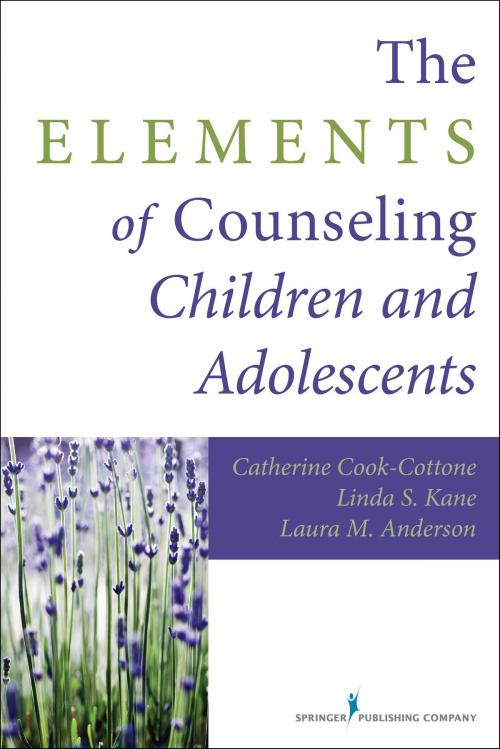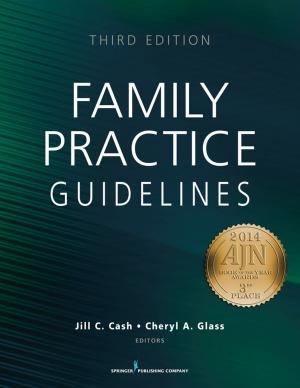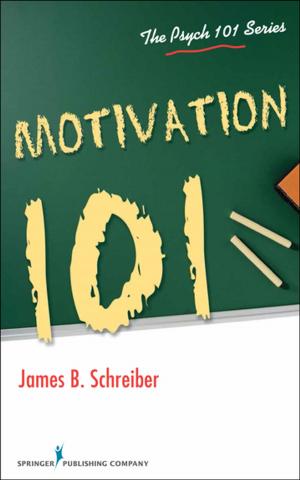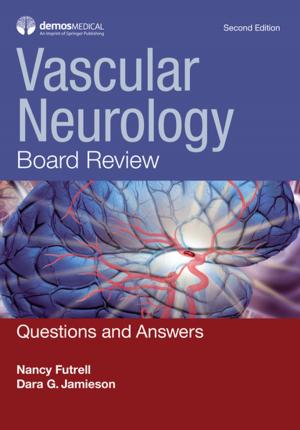The Elements of Counseling Children and Adolescents
Nonfiction, Health & Well Being, Psychology, Child & Adolescent, Child Psychology, Counselling, Reference & Language, Education & Teaching, Counseling & Guidance| Author: | Catherine P. Cook-Cottone, PhD | ISBN: | 9780826130044 |
| Publisher: | Springer Publishing Company | Publication: | December 1, 2014 |
| Imprint: | Springer Publishing Company | Language: | English |
| Author: | Catherine P. Cook-Cottone, PhD |
| ISBN: | 9780826130044 |
| Publisher: | Springer Publishing Company |
| Publication: | December 1, 2014 |
| Imprint: | Springer Publishing Company |
| Language: | English |
"The authors" choice of key elements results in a book that provides knowledge essential for beginning counselors to learn and for experienced counselors to reviewÖ. Consequently, The Elements of Counseling Children and Adolescents should be useful for students in the helping professions, includingÖpsychology, social work, and counseling."
óFrom the Foreword by Scott T. Meier, PhD, coauthor, The Elements of Counseling
"Offers precise, practical guidance based on a proven teaching format."
Tailored to the specific needs of the child and adolescent client, this concise, easy-to-read primer provides essential and practical guidelines for counselors and psychologists who are training to work with children in both clinical and school settings. It is modeled after the highly successful and time-tested "Elements ofÖ" format used in many teaching disciplines. The book distills the basic concepts that beginning professionals must keep in mind as they approach practice, offering guidance in a logical, numbered sequence from setting the stage for the counseling process through the essentials of building and maintaining an active counseling practice.
In addition to facilitating learning with its precise, easily understood rules and principles, the book provides potent guidance for both common and challenging situations. Key concepts such as using developmentally appropriate language and activities are covered, along with critical issues such as collaborating with parents and other professionals, responding to crisis situations, and counselor self-awareness and self-care. Case examples of clientñcounselor dialogues in each chapter illustrate foundational concepts, and an overview of how to use the text for transcript analysis in training programs is also included. Written by experienced counseling and therapy educators and professionals, this versatile text will be a welcome addition for courses in counseling children and adolescents as well as other courses across the curriculum in school counseling; school psychology; marriage, child, and family counseling; and clinical social work.
KEY FEATURES:
- Distills the essential components of therapy and counseling with children and adolescents in a highly useful, time-tested "Elements ofÖ" format
- Adaptable to a range of counseling-related courses across the curriculum
- Provides illustrative examples of counselorñclient dialogues
- Includes instructor's manual
"The authors" choice of key elements results in a book that provides knowledge essential for beginning counselors to learn and for experienced counselors to reviewÖ. Consequently, The Elements of Counseling Children and Adolescents should be useful for students in the helping professions, includingÖpsychology, social work, and counseling."
óFrom the Foreword by Scott T. Meier, PhD, coauthor, The Elements of Counseling
"Offers precise, practical guidance based on a proven teaching format."
Tailored to the specific needs of the child and adolescent client, this concise, easy-to-read primer provides essential and practical guidelines for counselors and psychologists who are training to work with children in both clinical and school settings. It is modeled after the highly successful and time-tested "Elements ofÖ" format used in many teaching disciplines. The book distills the basic concepts that beginning professionals must keep in mind as they approach practice, offering guidance in a logical, numbered sequence from setting the stage for the counseling process through the essentials of building and maintaining an active counseling practice.
In addition to facilitating learning with its precise, easily understood rules and principles, the book provides potent guidance for both common and challenging situations. Key concepts such as using developmentally appropriate language and activities are covered, along with critical issues such as collaborating with parents and other professionals, responding to crisis situations, and counselor self-awareness and self-care. Case examples of clientñcounselor dialogues in each chapter illustrate foundational concepts, and an overview of how to use the text for transcript analysis in training programs is also included. Written by experienced counseling and therapy educators and professionals, this versatile text will be a welcome addition for courses in counseling children and adolescents as well as other courses across the curriculum in school counseling; school psychology; marriage, child, and family counseling; and clinical social work.
KEY FEATURES:
- Distills the essential components of therapy and counseling with children and adolescents in a highly useful, time-tested "Elements ofÖ" format
- Adaptable to a range of counseling-related courses across the curriculum
- Provides illustrative examples of counselorñclient dialogues
- Includes instructor's manual















